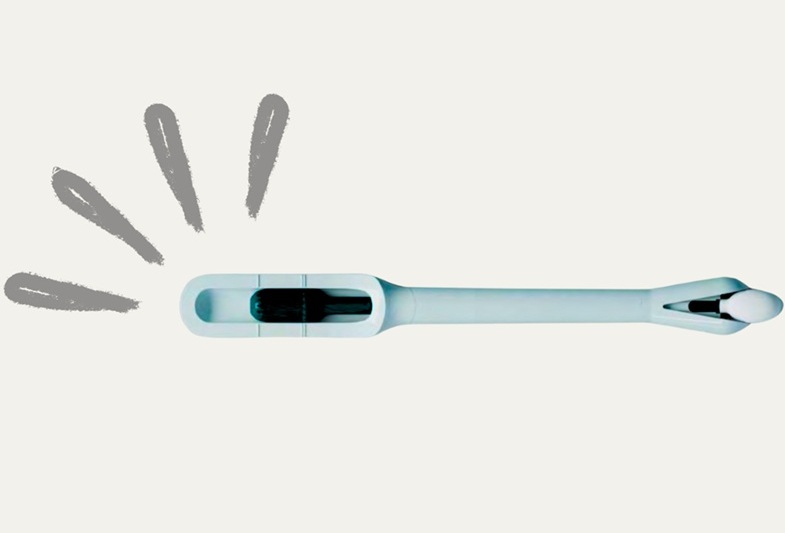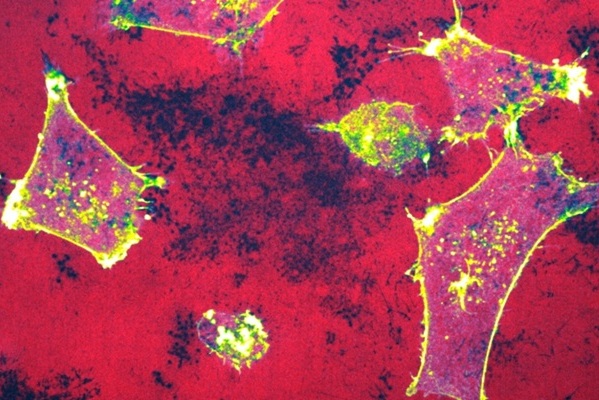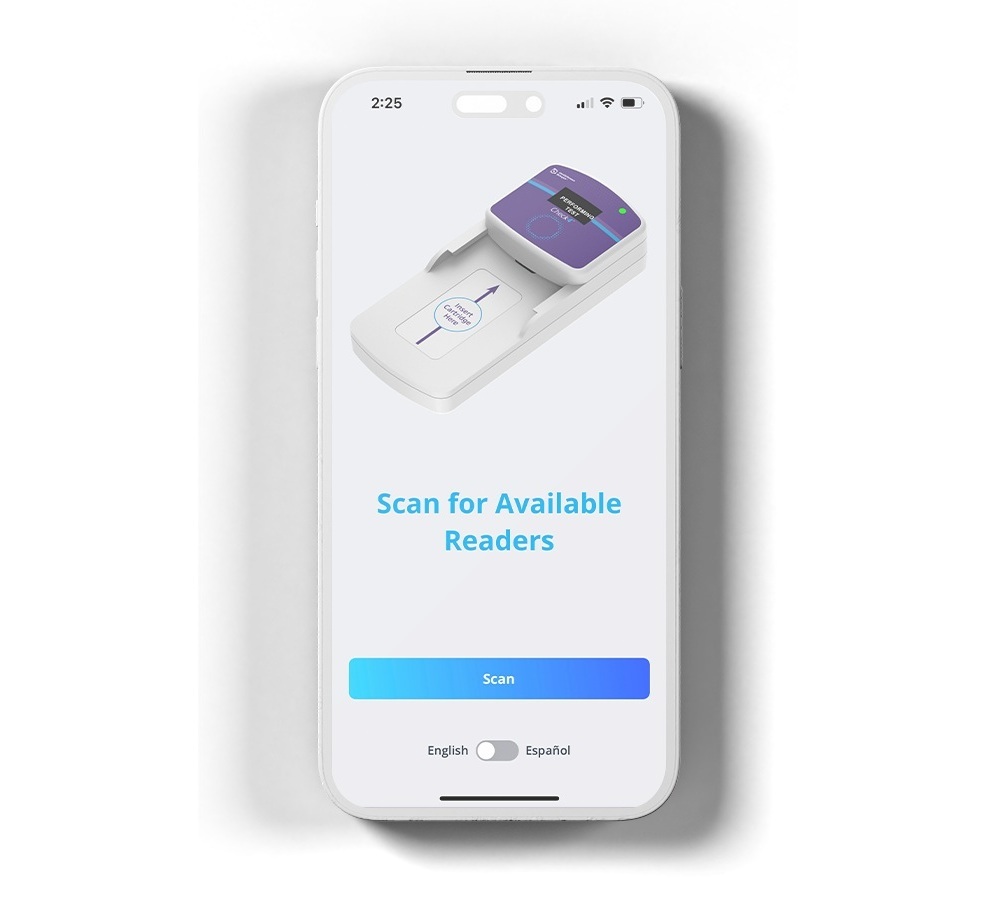New At-Home Cervical Cancer Screening Device to Increase Accessibility for Patients
Posted on 05 Jun 2025
Cervical cancer is typically linked to certain types of human papillomavirus (HPV), which is passed through sexual contact. While many people are infected with HPV, only a small percentage will develop cervical cancer. Still, screenings are crucial in detecting HPV, cells that may develop into cancer, and cancer. Early intervention is key to saving lives. However, a significant number of cervical cancer diagnoses occur in individuals who haven’t been screened in the previous five years, highlighting a critical access issue in preventive care. Now, researchers have validated a new at-home self-collection device for cervical samples, which has received FDA approval and is shown to be both safe and effective in detecting cervical cancer with high accuracy.
The research, led by the University of Colorado School of Medicine (Aurora, CO, USA), was part of the SELF-CERV trial, a nationwide clinical study involving over 600 participants. The trial was conducted across 16 medical sites in the U.S. and aimed to validate the performance of Teal Wand, which enables individuals to collect cervical cell samples from home by following instructions provided in a mailed kit. These samples are then sent to a lab for analysis. Participants in the trial also underwent traditional in-clinic exams to allow direct comparison of effectiveness. The device not only proved to be easy to use—90% of users completed collection in under five minutes—but it also helped overcome common barriers such as scheduling conflicts, discomfort with pelvic exams, and financial concerns.

Findings revealed that 86% would be more likely to keep up with cervical cancer screening if they could do so at home, and more than 90% preferred the self-collection method offered by the Teal Wand. Survey responses showed that 32% had delayed screenings due to a lack of time, 32% because of discomfort with exams, and another 32% due to financial concerns. The convenience and privacy of the at-home collection method helped mitigate these issues. Beyond increasing screening compliance, the Teal Wand could also benefit physicians and healthcare systems. Physicians can focus on broader aspects of patient health during appointments, confident in the reliability of the self-collection method. This could ultimately lead to earlier detection, fewer missed diagnoses, and a decrease in cervical cancer incidence nationwide.
“Overall, we wanted to make sure that a device like this lived up to the reliability a patient could expect in-clinic,” said Christine Conageski, MD, MSc, the principal investigator for the SELF-CERV trial. “Now, we’ll look at some implementation science and figure out how to integrate this technology into systems across the country, maybe even starting here in Colorado.”
Related Links:
CU School of Medicine













